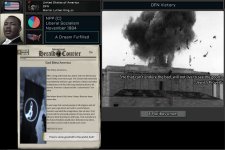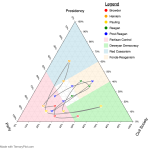Meppo
Anticommunist Mole
- Location
- Default City, Russia
- Pronouns
- he/him
I would love to read this lmaoThe League of Nations was a series of pulp novels starting in the 1920s, beginning as a vague knock-off of Edgar Wallace's The Four Just Men and the Sexton Blake novels.
Aristocratic "gentleman detective" and RFC veteran Ulysses York formed an international "private law enforcement agency" with playboy Russian count Nikolai Markarov, "modern knight" and air veteran Gunter Danelaw, hardbitten Mexican "gaucho sheriff" Gonzalez, and Singapore's "modern day Artful Dodger" Manchu Chan. Together they faced a series of globe-trotting criminal masterminds, most notably the "last bastard of the House of Stuart", 'Queen' Charlotte Stuart, a spoiled sociopath who felt the British Empire should be hers. Many of the books have dated in their racist outlook and sexism, but for a long time a German hero - one that York had once duelled with in the war - and two non-Europeans made the books shockingly progressive.
A film serial adaptation came out in America, replacing the Russian with an American named Nicky Markson and making him the true lead of the League.
I feel like Nikolai Markarov had a fair share of affairs and murder plots behind him



